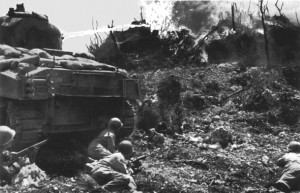As a long time city of Chicago resident I have seen the immense growth of new buildings and new residents in areas near downtown which previously had been office buildings, warehouses, dilapidated structures, or simply abandoned. From time to time when I am in an architectural bookstore I glance at books about “new urbanism” or various similar concepts that authors and “urban planners” use to overlay atop the actual growth of a city (or decline, in the case of other parts of Chicago).
If you are from a smaller town or relatively slow moving US city and haven’t been overseas to see “real” growth somewhere like Hong Kong, China, or India, then Chicago’s growth over the last decade or so that I’ve lived near down is pretty astonishing. In River North, where I live, literally dozens of high rise buildings > 15+ stories have been built and are filled to the brim with owners and renters. The entire South Loop has been renovated not only with town homes and large buildings, but huge retail spaces like Target, Costco, and giant movie theaters. While there were many restaurants in River North when I first moved here, we had to walk far and wide to find even a place open for a decent breakfast; now we have a dozen to choose from within 6-8 blocks.
Since there are train tracks downtown for the Metra commuters which arrive from suburbs from all directions (except East, where the lake is) and many of these tracks are on ground level, the streets are cut up and there are sidewalks I used to take under viaducts with few people around. Now, however, immense apartment buildings have popped up (over 40+ stories) and in the morning there is a huge population of well dressed professionals walking along these routes and sidewalks, where previously there was just debris and parking lots. If I go to work late it is either single women walking dogs or nannies pushing single babies in strollers.
There must be 50,000+ well heeled urban residents packed into this place, all arriving from somewhere else whether it is a suburb, another state, or another country. None of them are poor – you can’t be – since rents are in the thousands and move up rapidly, and every new building coming up has more amenities than the competitors in order to attract residents. The demography is very fluid because many of the condominium owners rent out their units, and then the newer buildings have been built as apartments since the real estate crash of 2008.


